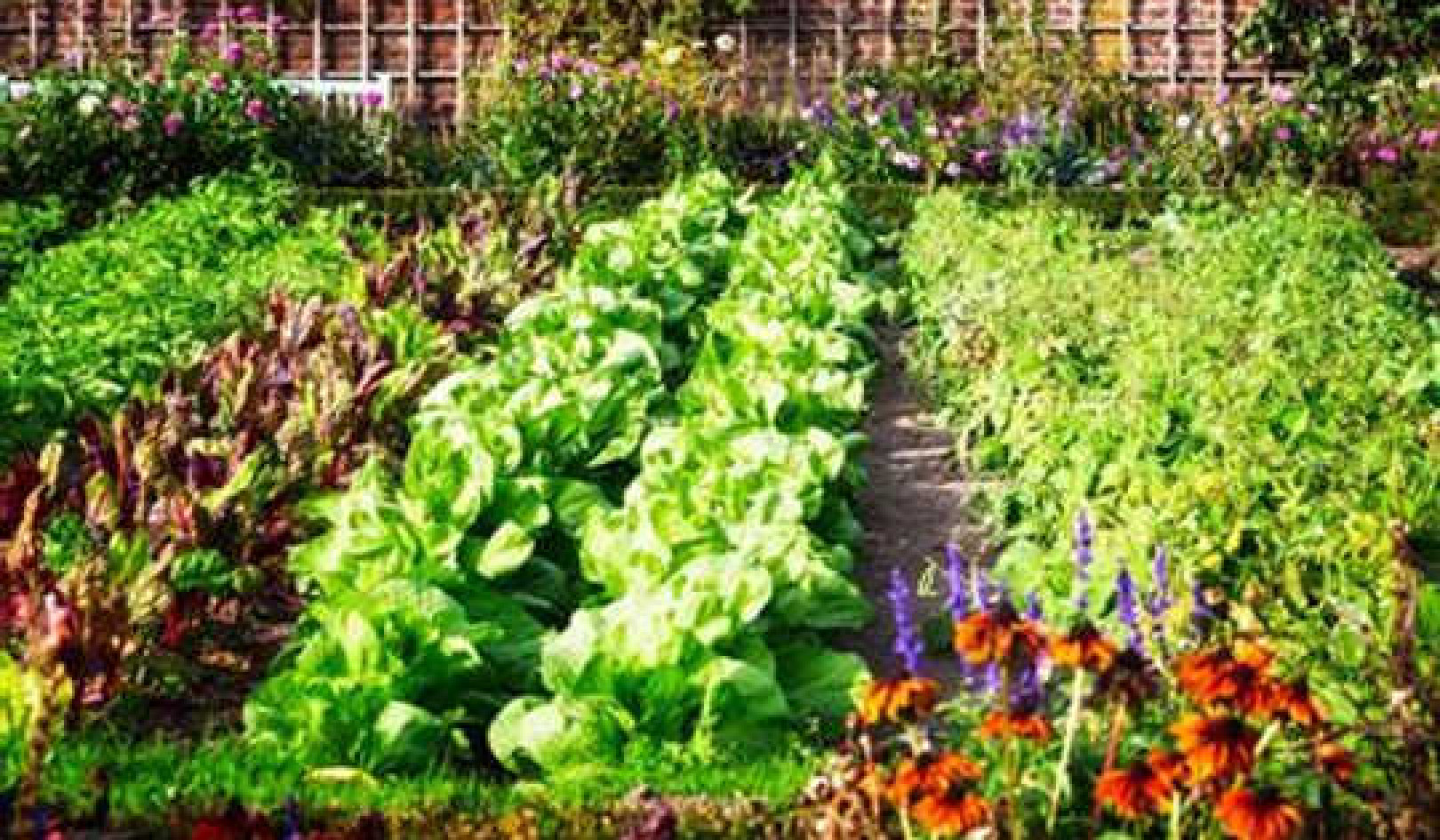
Image by Alicia Harper
If you’ve ever taken a course of antibiotics, then you’re probably familiar with some of the side effects of these drugs, including gastrointestinal distress, overgrowth of harmful bacteria in the intestines, and the resulting diarrhea. For many people the aftermath of taking antibiotics is as bad as the health problems that led them to take antibiotics in the first place. That’s because antibiotics indiscriminately kill bacteria in the intestines — good and bad. This is why so many people suffer from diarrhea while taking these drugs.
The first step in healing your body after antibiotic use is to restore a healthy microbial balance. Antibiotics, although frequently helpful in killing harmful bacterial infections, also sway the overall gut bacterial balance by killing beneficial microbes. To help restore the microbial balance you’ll want to increase the diversity of beneficial bacteria as well the numbers of specific probiotics.
The best way to improve the diversity of beneficial bacteria is to eat more fermented foods. Sorry, yogurt lovers: although yogurt can help boost the overall numbers of beneficial bacteria, it isn’t great at improving the diversity of microbes, as it usually has only two to three strains of probiotics, if it contains live cultures at all.
If you choose yogurt, avoid sweetened varieties because the sugar will also feed the harmful bacteria that are already overgrown. The best way to avoid excess amounts of sugar as well as ensure the viability of the probiotics in your yogurt is to make your own.
Boost Bacterial Diversity In Your Gut
Some of the best fermented foods to boost bacterial diversity in your gut include kimchi, sauerkraut (not pasteurized varieties — choose types with live cultures in the refrigerator section of your local health food or grocery store), pickles (not the kind made with vinegar — choose naturally fermented options), and kombucha. Try to eat a small but increasing amount of fermented foods every day.
You may also benefit from a probiotic supplement, preferably one that contains strains of probiotics that have research-proven benefits against antibiotic-related symptoms, including L. acidophilus, L. casei, L. plantarum, L. bulgaricus, L. reuteri, and S. thermophilus.
Research published in the World Journal of Gastroenterology also shows that the higher the dose of probiotics, the lower the incidence and duration of antibiotic-related symptoms like diarrhea. Ideally it is best to take probiotic supplements and fermented foods prior to or at the start of a course of antibiotics, but if you are already taking antibiotics or still suffering from their effects even though you’re no longer taking them, it is still a good idea to get started on probiotic-rich fermented foods.
Although diarrhea during or after antibiotic use may not seem like a big deal, it demonstrates the rampant destruction of important intestinal bacteria, which can set the stage for other health conditions. A growing number of health conditions, ranging from allergies to arthritis, have been linked to gut health, so restoring the integrity of the gut and its beneficial bacteria colonies and diversities is essential.
Boost Your Microbiome for Better Health
There are many ways to give your microbiome a boost, which in turn promises better health in the long term. Here are some simple things you can do to boost the health of your microbiome:
* Eat probiotic-rich fermented foods daily, including kimchi, sauerkraut, and yogurt, to name a few.
* Eat a plant-based diet. That doesn’t mean you need to give up meat entirely (unless, of course, you want to), but it does mean prioritizing plant-based foods in your diet, including vegetables, fruit, nuts, grains, beans, and seeds.
* Reduce your sugar consumption. Harmful bacteria and yeasts feed on sugar and can quickly throw off the good-to-harmful balance of microbes in your gut.
* Drink more water. Water is needed to ensure regular bowel movements and bowel health.
* Eat plenty of high-fiber foods like legumes (chickpeas, pinto beans, kidney beans, black beans, etc.), seeds (flax, chia, hemp, sunflower, sesame, pumpkin, etc.), and whole grains (brown rice, millet, amaranth, or quinoa — look for sustainably grown, fair-trade options). Fiber helps keep the bowels moving and prevents stagnation.
What’s the Difference Between Probiotics and Prebiotics?
But what about prebiotics? What’s all the fuss about them? And are they really necessary for a healthy gut and a healthy body?
Like humans, probiotics need food to live. Prebiotics is a fancy word for the food that beneficial microbes need to survive. While many probiotic supplements include prebiotics in the form of fructooligosaccharides (FOS) or inulin, in my opinion these added prebiotics aren’t necessary if you eat whole grains, fruits, legumes, or vegetables fairly regularly. More importantly, these ingredients may actually take up valuable space in a probiotic supplement that is better served by the probiotics themselves.
The addition of prebiotics to probiotic supplements is more of a marketing strategy than a health necessity. Although prebiotics do encourage the growth of probiotics, the truth is that if you’re eating a diet high in fiber, along with fruit or fruit juices, vegetables, grains, and legumes, then you’re probably getting all the prebiotics that beneficial bacteria need to thrive inside your gut anyway.
Prebiotics are essentially just natural carbohydrates in the form of sugars, starches, and fiber. They are found in almost any plant-based foods — I say “almost,” but I can’t think of one plant-based food that doesn’t contain prebiotics.
Most people should be getting the food for probiotics (prebiotics) from their daily diet, and the fermented foods contained within this book naturally contain plentiful amounts of them. That’s how the microbes transform fruits, vegetables, nuts, and seeds into the taste sensations we know as fermented foods.
Of course, outside of the fermented foods you enjoy, you should also make sure you enjoy a high-fiber diet on a regular basis, including vegetables, whole grains, and legumes (chickpeas, black beans, lentils, kidney beans, etc.).
If you’re still concerned about boosting your dietary intake of prebiotics like inulin and FOS, the following are among the best sources of prebiotics you’ll discover in The Cultured Cook and its recipes:
Fruits: apples, bananas, grapefruit, nectarines, peaches, pomegranate, and watermelon
Vegetables: asparagus, beets, cabbage, endive, fennel, garlic, Jerusalem artichokes, leeks, onions, peas, radicchio, shallots, snow peas
Legumes, nuts, and grains: black beans, cashews, chickpeas (garbanzo beans), kidney beans, lentils, oatmeal, oats, pinto beans, pistachios, soy milk, soybeans, tofu, and white beans
Incorporating more of these foods in your diet will significantly boost your number of health-boosting probiotics too. Many of these prebiotic foods can be found in the fermented foods themselves. That will help ensure not only the development of more probiotics during the culturing process but that you get more prebiotic foods to help multiply the numbers of any probiotics already in your intestines. And that will result in a healthier gut and a healthier you.
Copyright ©2017 by Michelle Schoffro Cook.
Reprinted with permission from New World Library
www.newworldlibrary.com.
Article Source
The Cultured Cook: Delicious Fermented Foods with Probiotics to Knock Out Inflammation, Boost Gut Health, Lose Weight & Extend Your Life
by Michelle Schoffro Cook PhD DNM
 Detailing everything you need to begin fermenting in your home kitchen, The Cultured Cook offers recipes and tips for making vegan, gluten-free foods even better for you. From delicious plant-based yogurt and cheese, to basics such as sauerkraut, pickles, and kombucha, to tempting desserts — even ice cream! — you’ll discover ways to add fermented foods to every meal. Your body will enjoy the benefits of probiotics, as well as the increasingly recognized prebiotics, to supercharge your health.
Detailing everything you need to begin fermenting in your home kitchen, The Cultured Cook offers recipes and tips for making vegan, gluten-free foods even better for you. From delicious plant-based yogurt and cheese, to basics such as sauerkraut, pickles, and kombucha, to tempting desserts — even ice cream! — you’ll discover ways to add fermented foods to every meal. Your body will enjoy the benefits of probiotics, as well as the increasingly recognized prebiotics, to supercharge your health.
Click here for more info and/or to order this paperback book and/or download the Kindle edition.
About the Author
 Michelle Schoffro Cook is an internationally bestselling author whose works include The Cultured Cook and Be Your Own Herbalist. She is a certified herbalist, a board-certified doctor of natural medicine, and one of the world’s most popular natural health bloggers. She holds advanced degrees in health, nutrition, orthomolecular nutrition, and acupuncture. She lives near Vancouver, BC. Visit her online at www.drmichellecook.com.
Michelle Schoffro Cook is an internationally bestselling author whose works include The Cultured Cook and Be Your Own Herbalist. She is a certified herbalist, a board-certified doctor of natural medicine, and one of the world’s most popular natural health bloggers. She holds advanced degrees in health, nutrition, orthomolecular nutrition, and acupuncture. She lives near Vancouver, BC. Visit her online at www.drmichellecook.com.


























